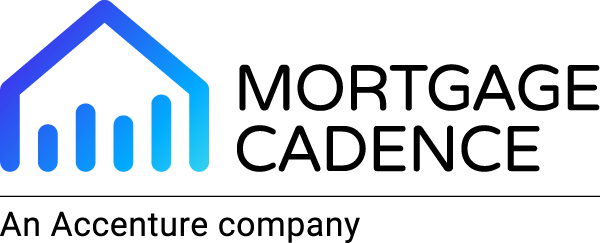Despite the fact that the majority of lenders sell their platform to the same investors and are subject to the same regulatory compliance oversight, every lender has a slightly different approach to their business.
Call it the secret sauce or a unique lending strategy, but you won’t find two lenders who approach the business in the exact same way.
This has been a challenge for technology providers who offer inflexible solutions that force the lender to operate in a certain way or to use a certain set of settlement services partners.
Lenders need the ability to configure their software, especially their mission-critical lending software, to fit their own strategies. This can empower them to adapt quickly to market changes and unique business needs.
Configurability versus Customization
In the past, the only way to really give lenders the ability to configure loan origination technology to their will was through customization. This often involved creating a branch in the code that would only apply to the lender’s specific implementation and platform.
There were a lot of problems with that, though some lenders still find that the best way to run their business and Mortgage Cadence can accommodate them.
Using modern software architectures, engineers can create software that can be configured by the lender to meet their specific needs without ever changing the code. This allows them to receive regular software updates without the worry that it might break their custom version.
The Benefits of Configurability
The rigidity in legacy systems can lead to inefficiencies, workarounds, and ultimately, a competitive disadvantage. No lender can afford that in today’s lending environment.
Configurability, on the other hand, offers several critical benefits:
Customized User Experience
Lenders can streamline their interfaces, showing users only the screens and information relevant to their roles. The lender can configure buttons that trigger multiple events, significantly improving user efficiency and reducing errors.
Process Optimization
With configurable systems, lenders can design workflows that match their unique processes. Whether that’s ordering appraisals, obtaining FHA case numbers, or other specific tasks, the system can be set up to automate and streamline these processes.
Rapid Adaptation
In a market where regulations and business needs change quickly, the ability to modify the LOS without lengthy development cycles is invaluable. Configurable systems allow lenders to respond swiftly to new requirements or opportunities and allow the lender’s technology partner to update the LOS in the background, without impacting production.
Empowerment of Internal Teams
Perhaps one of the most significant advantages is the ability for lenders to make changes themselves. This independence from vendor timelines can be a game-changer for agile lenders.
Configurability represents a shift from rigid, one-size-fits-all solutions to flexible, adaptable systems that can grow and change with the lender. Lenders who embrace configurable systems position themselves to be more responsive, efficient, and competitive in a challenging market. To learn more about how MCP allows every lender to create a lending environment that supports their own strategy, reach out to us today.
By George Morales, National Sales Director at Mortgage Cadence
Want more?
Follow us on LinkedIn to be notified when our next article is released.
Media Contacts
Mortgage Cadence:
Alison Flaig
Head of Marketing
(919) 906-9738



